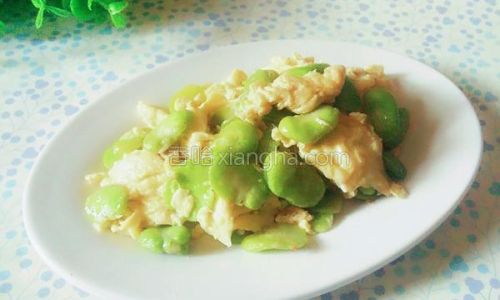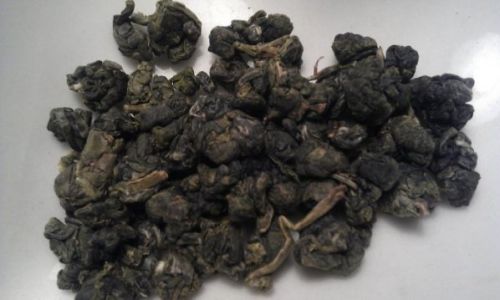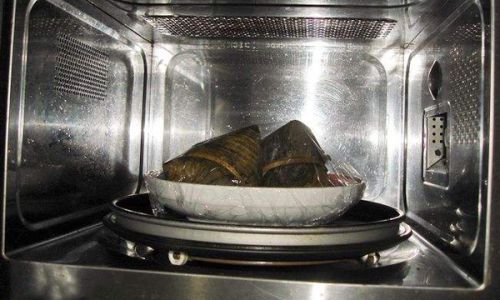Introduction
Stir-fried fava beans with scrambled eggs, often referred to as Cándou Mǐ Chǎo Jīdàn in Chinese cuisine, is a dish that perfectly balances simplicity, nutrition, and flavor. This humble yet satisfying meal is a staple in many households, especially during spring when fresh fava beans are in season. The combination of tender, buttery fava beans and fluffy, golden eggs creates a harmonious texture and taste that appeals to both children and adults. Beyond its delicious profile, this dish is packed with protein, fiber, and essential vitamins, making it a wholesome choice for any meal. Whether you are a novice cook or an experienced home chef, mastering this recipe will add a versatile dish to your repertoire. In this comprehensive guide, we will explore the ingredients, techniques, and tips needed to create a restaurant-quality stir-fry in your own kitchen.
Ingredients: Building the Foundation of Flavor
To embark on this culinary journey, gather the following ingredients. Each component plays a crucial role in elevating the dish’s taste and texture:

- Fava Beans (Broad Beans): 2 cups (fresh or frozen). Fresh beans are ideal for their vibrant color and sweet taste, but frozen ones work well when fresh are unavailable.
- Eggs: 4 large eggs. Opt for free-range or organic eggs for a richer yolk and creamier texture.
- Cooking Oil: 2 tablespoons (vegetable, peanut, or neutral oil). These oils withstand high heat without imparting strong flavors.
- Salt: 1 teaspoon (adjust to taste). Use kosher or sea salt for a cleaner taste.
- White Pepper: ¼ teaspoon (optional). Adds a subtle warmth without overpowering the dish.
- Spring Onions (Scallions): 2 stalks (finely chopped). Use the green parts for garnish and white parts for aromatics.
- Sesame Oil: ½ teaspoon (optional). A finishing touch to enhance the dish’s fragrance.
- Water: ¼ cup (for blanching fava beans). Helps soften the beans and remove bitterness.
Preparation: The Key to Perfect Texture
Before igniting the stove, meticulous preparation ensures each ingredient cooks evenly and retains its integrity:
-
Shelling Fava Beans:
- If using fresh beans, remove them from their thick pods by snapping off the stem end and pulling the string along the seam. Gently squeeze the pod to release the beans.
- For frozen beans, thaw them in a colander under cold running water and pat dry with paper towels.
-
Blanching Fava Beans:
- Bring a pot of salted water to a boil. Add the beans and cook for 2–3 minutes until they turn bright green.
- Immediately transfer the beans to an ice bath to halt cooking. This step preserves their color and tender-crisp texture.
- Peel the outer skin from each bean by making a small slit with your fingernail and squeezing gently. This step is optional but recommended for a smoother mouthfeel.
-
Preparing the Eggs:
- Crack the eggs into a bowl and beat vigorously with a fork or whisk until the yolks and whites are fully combined.
- Add a pinch of salt and white pepper (if using) to season the eggs. For an airy texture, add 1 tablespoon of milk or water and whisk until frothy.
-
Mise en Place:
Chop the spring onions, separating the white and green parts. Measure all ingredients and have them within arm’s reach to streamline the cooking process.
Cooking Techniques: Mastering the Stir-Fry
Stir-frying is a high-heat, quick-cooking method that requires precision and attention to detail. Follow these steps to achieve flawless results:

-
Heating the Wok or Skillet:
- Place a wok or large skillet over medium-high heat. Allow it to preheat for 2–3 minutes until a drop of water sizzles and evaporates on contact.
- Add the cooking oil and swirl to coat the pan evenly. This prevents sticking and ensures even heat distribution.
-
Cooking the Eggs:
- Reduce the heat to medium and pour the beaten eggs into the pan. Let them sit for 10–15 seconds until the edges begin to set.
- Gently push the eggs toward the center with a spatula, allowing uncooked portions to flow to the edges. Continue this motion until the eggs are mostly set but still slightly runny.
- Transfer the eggs to a plate to avoid overcooking. They will finish cooking when combined with the beans later.
-
Stir-Frying the Fava Beans:
- Increase the heat to medium-high and add the white parts of the spring onions to the pan. Sauté for 30 seconds until fragrant.
- Add the blanched fava beans and stir-fry for 2–3 minutes. Toss gently to coat them in oil and ensure even cooking.
- Season with a pinch of salt and white pepper. Taste and adjust seasoning as needed.
-
Combining Ingredients:
- Return the cooked eggs to the pan. Use a spatula to break them into bite-sized pieces and mix them with the beans.
- Drizzle sesame oil (if using) over the mixture and toss lightly. This adds a nutty aroma and glossy finish.
-
Final Touches:
- Sprinkle the green parts of the spring onions over the dish. Remove from heat immediately to prevent overcooking.
- Transfer to a serving plate and garnish with additional sesame seeds or red pepper flakes for color and texture.
Tips for Perfection: Avoiding Common Pitfalls
-
Overcooking the Eggs:

Eggs continue to cook from residual heat. Remove them from the pan while still slightly runny to achieve a velvety texture.
-
Undercooking Fava Beans:
Blanching ensures the beans are tender. If skipped, stir-fry them for an extra minute until they soften.
-
Crowding the Pan:
Cook in batches if necessary to prevent steaming. Overcrowding lowers the pan’s temperature and results in soggy ingredients.
-
Seasoning Too Late:
Season the beans and eggs separately before combining to ensure even flavor distribution.

Variations and Customizations
This recipe is incredibly adaptable. Experiment with these variations to suit your taste:
- Vegetarian Twist: Add diced tofu or tempeh for extra protein.
- Spicy Kick: Toss in sliced chili peppers or a dash of chili oil during stir-frying.
- Herb-Infused: Mix in fresh herbs like cilantro or basil just before serving.
- Cheese Lover’s Edition: Sprinkle grated Parmesan or feta cheese over the finished dish.
Nutritional Benefits: A Powerhouse of Nutrients
Fava beans are a nutritional powerhouse, offering:
- Fiber: Aids digestion and promotes satiety.
- Folate: Essential for cell repair and DNA synthesis.
- Iron: Supports oxygen transport in the blood.
- Plant-Based Protein: Ideal for vegetarians and vegans.
Eggs contribute:
- Choline: Crucial for brain health and metabolism.
- Vitamin D: Enhances calcium absorption and bone health.
- Antioxidants: Lutein and zeaxanthin protect eye health.
Together, they create a low-calorie, high-protein meal ideal for weight management and overall wellness.
Cultural Context: A Dish Rooted in Tradition
Stir-fried fava beans with eggs has deep roots in Chinese home cooking. Fava beans, known as cándou in Mandarin, symbolize rebirth and prosperity in spring festivals. Their short season makes this dish a seasonal delight, often enjoyed during family gatherings or casual weeknight dinners. The recipe’s simplicity reflects the philosophy of huǒhòu (火候), or “heat control,” a cornerstone of Chinese culinary artistry. Mastering this dish embodies the balance between fire, ingredients, and timing—a testament to the harmony sought in Chinese cuisine.
Serving Suggestions: Pairing and Presentation
This versatile dish pairs beautifully with:
- Steamed Rice: Absorbs the savory juices and completes the meal.
- Congee: A comforting pairing for breakfast or brunch.
- Noodles: Toss with soba or udon noodles for a heartier dish.
- Fresh Salad: Balance the richness with a side of arugula or cucumber.
For an elegant presentation, mound the stir-fry on a white platter and garnish with microgreens or edible flowers. Drizzle with a balsamic reduction for a modern twist.

Troubleshooting Guide: Fixing Common Issues
- Mushy Beans: Blanch for less time or use frozen beans, which retain their structure better.
- Dry Eggs: Add a teaspoon of water or oil while whisking to increase moisture.
- Bland Flavor: Amplify seasoning with a splash of soy sauce or oyster sauce.
- Burnt Aroma: Use a lower heat setting and avoid walking away from the stove.
Conclusion: The Joy of Homemade Cooking
Stir-fried fava beans with scrambled eggs is more than a meal—it’s a celebration of simplicity and flavor. By mastering this recipe, you gain insight into the principles of Chinese stir-frying and the joy of transforming humble ingredients into a feast. Whether you’re cooking for one or hosting a dinner party, this dish never fails to impress. Experiment with additions, share it with loved ones, and savor the satisfaction of creating a timeless classic. Bon appétit!






0 comments